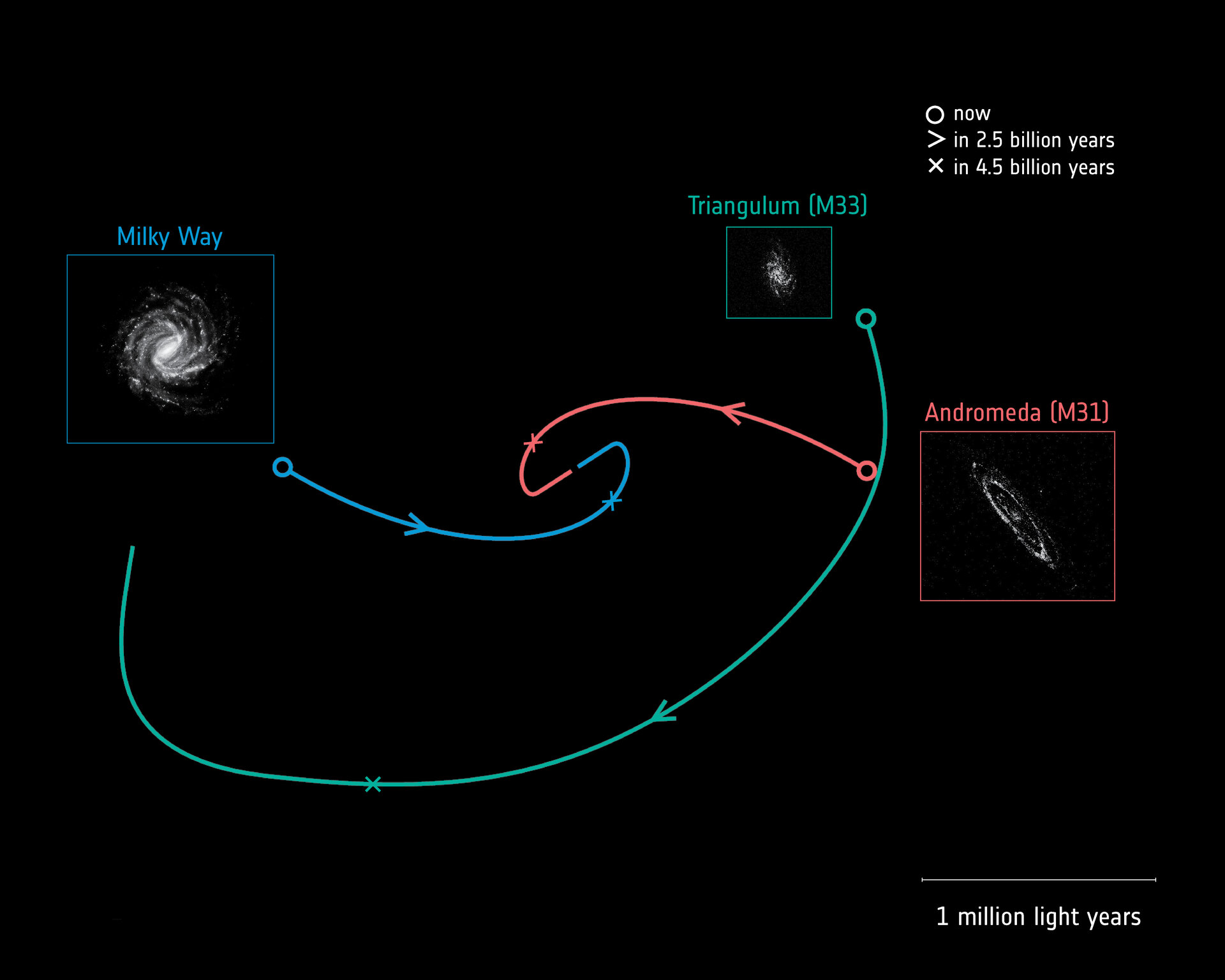don't get caught up in the considerable time Asbo's linked article spent explaining the erroneous analogy of Hawkins Radiation. It took me a while to separate the two explanations and grasp the asserted true theory; not that I actually grasp it. It does not seem, to me, like the theory really explains black hole evaporation so much as describes what happens as evaporation occurs.If virtual particles appear and disappear by annihilating each other couldn’t you infer that they may have a short half- life?
Couldn’t another pair come into existence and annihilate both positive particles?
Just a thought.
Hawking's Black Hole Theorem Observationally Confirmed
Have you ever vacuumed a floor and seen particles shoot out, away, from the vacuum head? There are times when matter is pulled "fall" towards a point, and before they get irretrievably caught, gain momentum to break away from the pull and are accelerated enough, with the added energy, to escape, taking that energy with them. Of course, this is much harder to talk about for gravity, with terms like force, acceleration, and energy, because they become ambiguous in application due to the concept of curved space-time.From outside a black hole, all the infalling matter will emit light and is always visible, while nothing from behind the event horizon can get out. But if you were the one who fell into a black hole, your energy could conceivably re-emerge as part of a hot Big Bang in a newborn Universe. How do black holes evaporate from Hawking radiation? - Big Think
-Will
Last edited:


